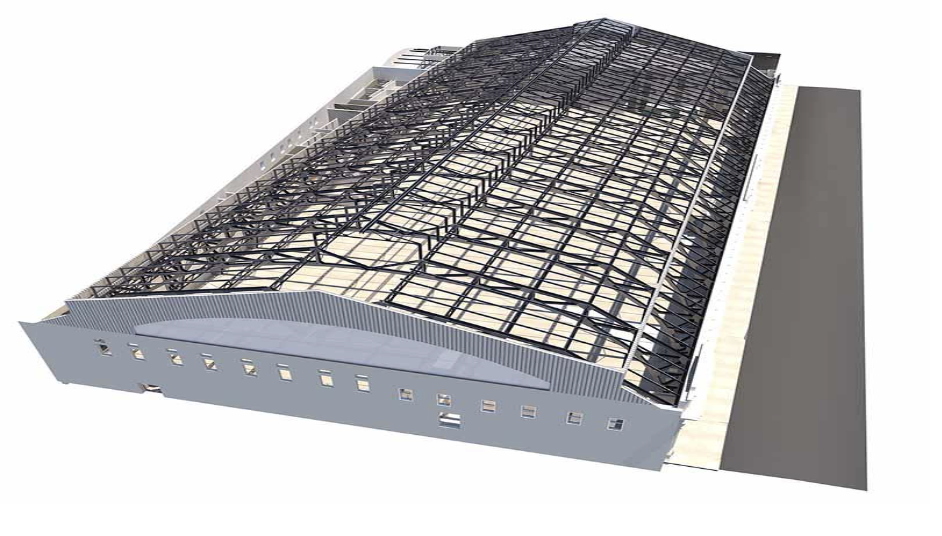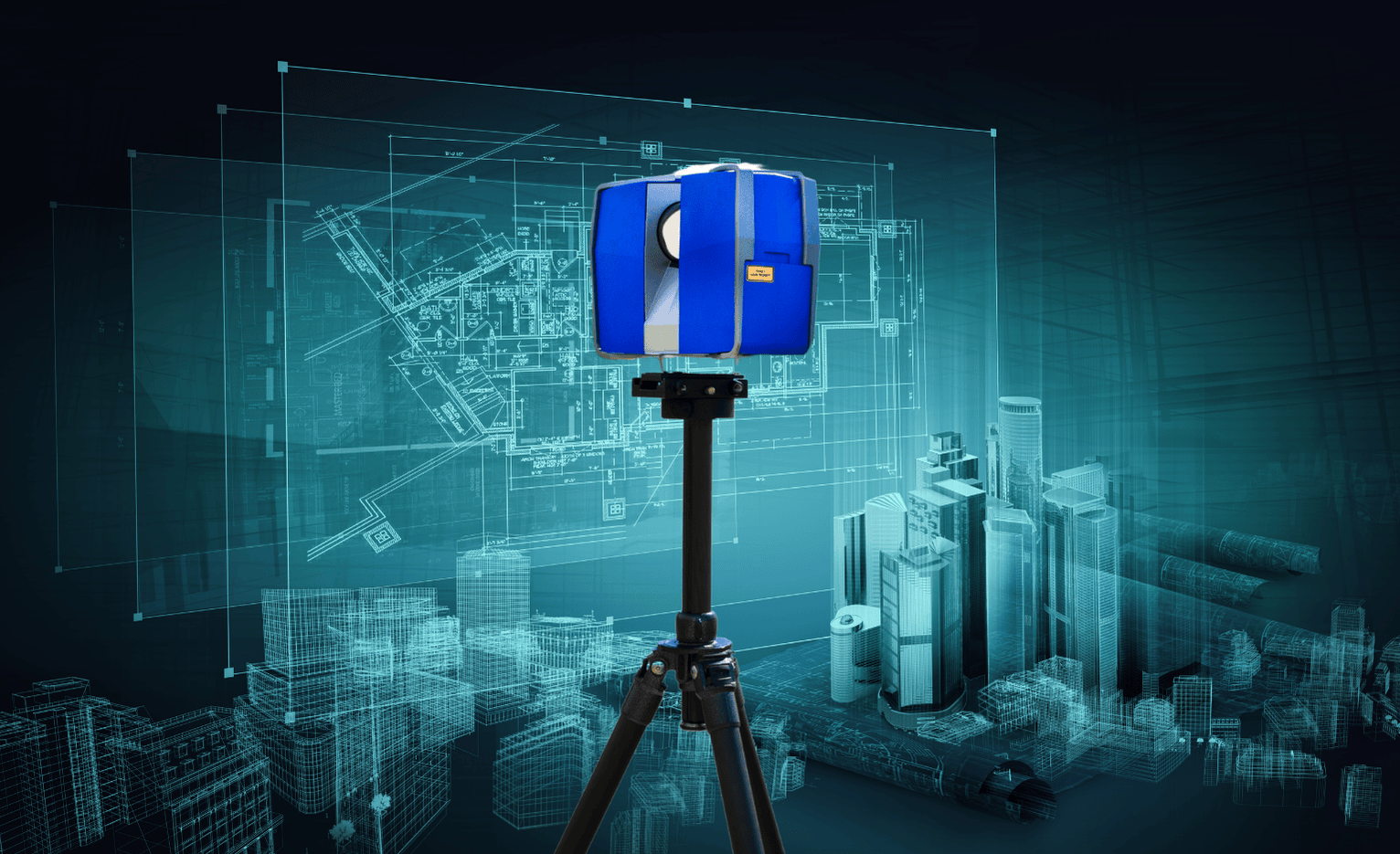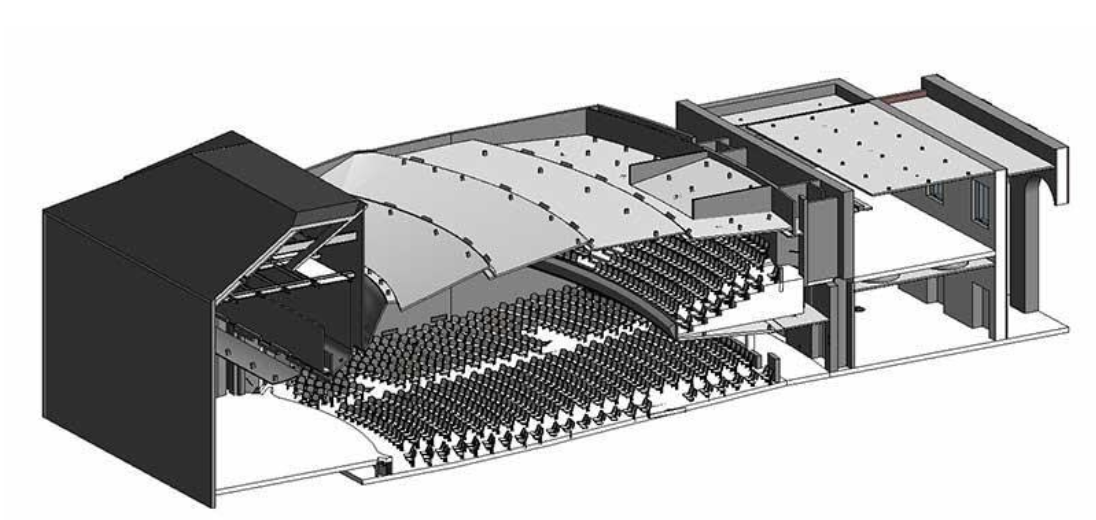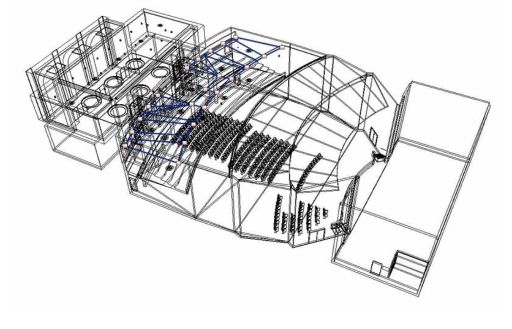It should come as no surprise that COVID-19 has drastically changed the way we all work. The risks of in-person contact and communication have altered the structure of how companies function and how they are allowed to interact with their customers. These risks have moved many companies online, or have at least drastically reduced the amount of in-person contact permitted to happen. Luckily, the AEC industry is known for having multi-faceted forms of communication and collaboration and already has the technology to handle these shifts — namely, BIM 360. At Cadnetics, BIM 360 technology is already woven into our company’s framework, and we’d like to show you how BIM 360 benefits our remote teaming, quarantined or not.

Collaborative Models for Distributed Teams
In a past article, we discussed the general benefits of using BIM 360 and how we believe it is the future of the AEC industry. This is due to the inherently collaborative framework of the software. Since the AEC industry is also an inherently collaborative effort, BIM 360 seems to fit this mold very well. At its core, BIM 360 is a Cloud-based file sharing software that can be used at every step in the AEC process to easily share concepts and designs while maintaining organization and cohesion. This is ideal for distributed teams, whether in house or collaborating with other firms, the accurate and expedient sharing of information improves communication and workflow. In fact, there are multiple facets of BIM 360 that facilitate robust collaboration, as the following paragraphs will detail.
All About Workflow: Intuitive Communication
The single most difficult aspect of working remotely is maintaining active communication and a fluid workflow. When working remotely, the lack of face-to-face interaction deprives us of being able to pass around ideas or walk down the hall to ask a quick question. In a very real way, we are separated physically and by the limitations of our technology, and while software like Zoom and Slack has made sharing information easier, in the AEC industry there are crucial elements like modeling and design that need to be shared in real time to ensure projects remain on-schedule and understood by all groups involved. This is especially evident when models are being shared between different sectors during a project’s development, where designs are being adjusted and readjusted. This is where BIM 360 Document’s Cloud compatibility comes into play.
Thanks to BIM 360’s multi-platform software, project workers can access the same files from a number of devices at home or on the go. Think easily creating and sharing markups on ongoing projects when the moment of inspiration hits. Think seeing updates in real time during a video conference, with visual representation connected to actively authored models. No problem if you miss a meeting, as comments and a version history are automatically updated to the Cloud in BIM 360. That means less time coordinating data transfer and more time designing,This makes holding remote meetings more lucrative and improves the quality of those meetings, giving you more flexibility when coordinating with your own team or stakeholders, since not everyone need own BIM 360 to access its file sharing capabilities. Ultimately, what this means in the long run is that projects get done in a timely and cost effective manner, which brings us to our next point: staying on track.

Staying On-Track:
One major pitfall of having a remote team is the time it takes to send information and models back and forth. The small delays in communication add up and often result in delayed and late projects that end up costing your team extra money. BIM 360 remedies these hold ups by keeping information in one centralized area with granular permission controls to personalize who has access to what information. Whether you’re an architect, engineer, in construction, or in building management, having the most recent project model on one platform alleviates confusion and potential rework, since you otherwise might not be working with the right version, not to mention the time it takes to prepare models for weekly file sharing. Reductions in rework save time and energy during a project’s life-cycle, and BIM 360 Team helps ensure that you are working in the most cost and time effective manner. The fact that BIM 360 helps companies stay on track even when working remotely is one of its more seductive elements, and one of the main reasons Cadnetics continues to work within it.
Working Smarter:
You may be asking yourself, “Why can’t our team just send files via email or text instead of using a whole separate software?” In the past this was actually how many teams operated, but there are a few problems with this method. The first is data decay. Data decay (or data degradation) occurs when data loses quality during file transfers. Storing information on the Cloud allows files to not be overly compressed or reduced, which would jeopardize their quality. The conservation of complexity in our models can be very important in preserving the quality of the project as a whole, and so storing on the Cloud is a great long-term solution. The second reason a centralized platform is preferable to manual sharing is that over time the size of files end up requiring huge amounts of data storage. Over the course of a project’s life cycle there is a lot of information and data that needs to be stored, not to mention previous data from previous projects. BIM 360 provides unlimited storage for all these massive Revit files and CAD sheets, putting them in one place to ensure their safety and quality. Lastly, security remains a huge problem when sharing information manually or via email. BIM 360 allows you to assign access levels to ensure that the right information is only available to those you want to see or edit it. Email is notoriously unsecure, and too much vital information is passed around in such a casual way. This is in tandem with the fact that you don’t want thumb drives and files floating around unnecessarily, which put you and your client at security risk.

Convenience Now Vs Later:
Understandably, many professionals in the AEC industry have been reluctant to adopt BIM 360 as their primary platform to work in. The idea of having to relearn a completely new software and move files over initially sounds like a tedious effort, however, we believe this is a short-term cost/benefit analysis, and that in the long run, it makes much more sense to adapt to what is becoming the industry standard. This begs a sort-of convenience now vs convenience later question, and the earlier companies switch over, the easier the transition to an increase in remote teaming will be.
The Competitive Advantage:
Now is the time when many companies are feeling the strain of a struggling economy, and who succeeds has become a matter of competition and adaptation. At Cadnetics, we strongly believed that BIM 360 was and is the future of AEC and implemented it preemptively, reaping the benefits of a centralized, smooth, and timely workflow to improve our company as a whole. Hopefully we have informed you of all the ways in which BIM 360 improves remote teaming, and encouraged you to work with it, or work with a company that uses it!
If you are interested in learning more about BIM 360 or are looking for BIM 360 services, contact Cadnetics today and see how our company can assist as your extended office.



